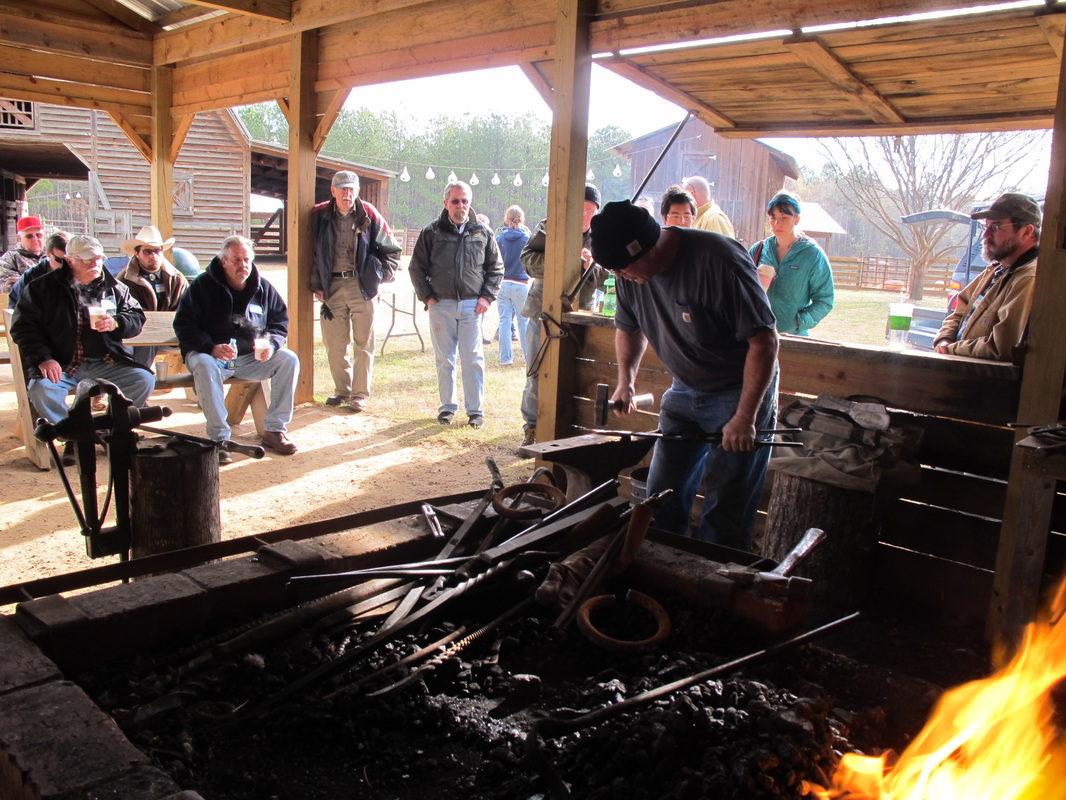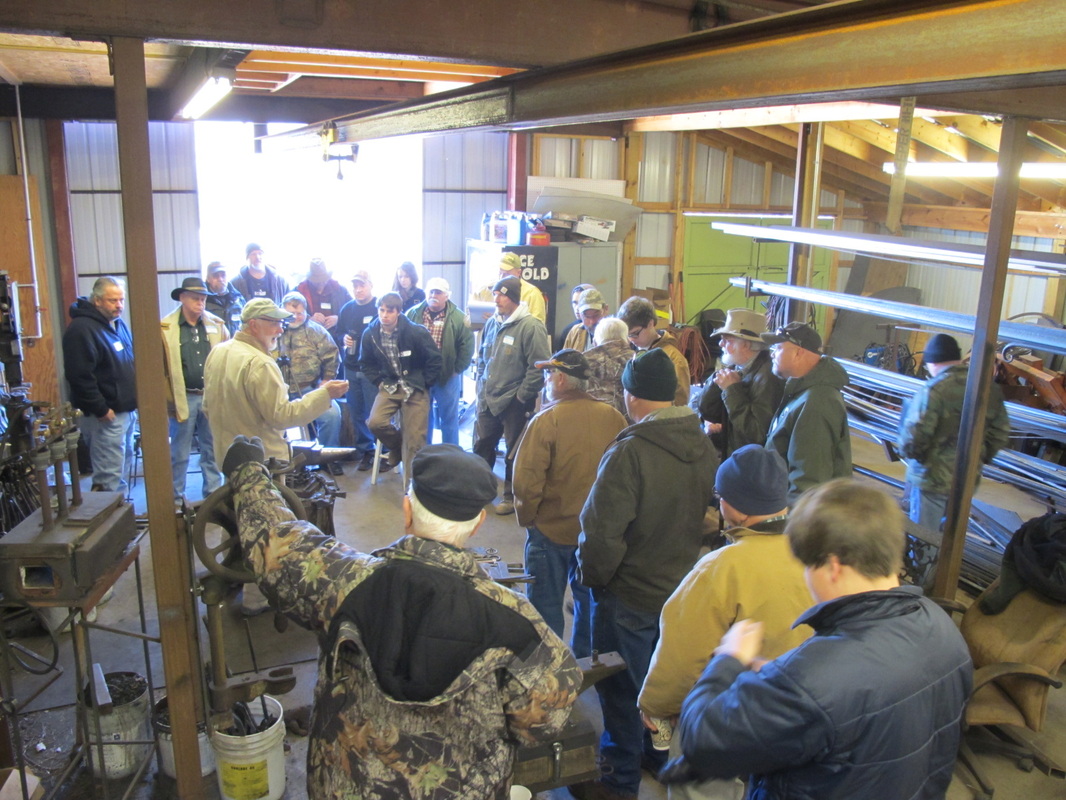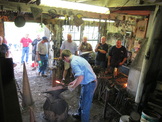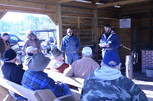A Basic Guide to Blacksmithing
So, you or someone you know is interested in Blacksmithing... Here is what we can suggest to begin blacksmithing
What is Blacksmithing? - Blacksmithing is an ancient skill that spans back many centuries it is the manipulation of raw metal (normally steel) by heating the steel to the point that it becomes malleable and using a variety of tools to shape the metal into various objects.
What tools do you need to start Blacksmithing?
- Forge - this is what you use to heat the metal. Forges come in a wide variety of shapes and sizes. The most common forges are coal and propane. These can be a manufactured or self built.
- Anvil - the anvil is used as a base that the metal rests on when hammering it. Anvils come in a wide variety of shapes and sizes. This will likely be the most difficult and/or expensive tool to acquire. An alternative to an anvil is referred to as an "Anvil Shaped Object" this can be anything from a piece of Railroad track to Sledge Hammerer mounted in a post.
- Tongs - tongs are used hold and handle the metal since it is too hot to hold with your hands. It is recommended to obtain at least on set of tongs when you start. (Vise Grips are not an advisable alternative to tongs as the jaws will mar your work but more importantly they do not hold the metal as well you may think and could lead to an injury)
- Hammers - obviously this is what you will hit the hot metal with. To start you can use just about any hammer but, we recommend smoothing any sharp corners of the hammer face to avoid marring your work. Try to avoid the "bigger is better" mentality... learning hammer control is more important when starting out.
Safety Precautions and Personal Protective Equipment
First and foremost... EYE PROTECTION!!! Eye injuries are one of the biggest risks in Blacksmithing. When the metal is heated and oxidation process starts as soon as it is taken out of the forge. That oxidation is referred to as scale. When you hit the metal the scale can fly off and hit you in the eye.
Second... When Blacksmithing, you assume all metal is hot. A Blacksmiths worst enemy is referred to as "Black Heat," this is when the metal looks like a normal piece of metal but is still VERY HOT. Metal in the Black Heat state can still be 800-900F. If you start to drop something DO NOT attempt to catch it. Let it fall and pick up with your tongs.
Clothing... We recommend wearing leather boots and non-synthetic (cotton) clothing. Synthetic fibers have a tendency to melt and stick to skin when heated. Cotton may burn but it can easily be put out and will not stick to your skin.
Gloves... This is a point of contention in the Blacksmith community but most experienced Smiths will recommend using a leather glove on your tong and hand and not using a glove on your hammer hand. No glove on the hammer hand gives better control of the hammer and avoids blisters because of the constant rubbing from the hammer. Ultimately, it is up to you to determine what you are comfortable with.
Membership Application
|
Join the Member Discussion on the
OBG Member's Group |
| |||||||||||||






